n.hubb22
TPF Noob!
- Joined
- Aug 9, 2011
- Messages
- 84
- Reaction score
- 2
- Location
- Minneapolis, MN
- Can others edit my Photos
- Photos NOT OK to edit
Hey all -
I recently did a shoot in my backyard at night, with a subject burning some stuff in my fire pit. Very low light, quick shutter speeds due to the fire, and i had two lights i was using as well. What I noticed when using my friends AF-S Nikkor 50mm 1:1.4G lens, is that that lens is amazing in low light conditions. The thing i was having difficulty with was the lack of zoom. So, what i did (and i regret it immensely now) is switched to my 18-55 kit lens so i could zoom. I really wish i wouldn't have done so.
Is there a lens out there that is as good in low light conditions as the one referenced above, that zooms? if there is, its goona be mine very soon!!! i shoot with a nikon d3000 (yes i know its an entry level cam with really crapy ISO). Just throwing that out there. I want to upgrade in the coming months ..maybe d7000? but thats a different beast.
Thanks
I recently did a shoot in my backyard at night, with a subject burning some stuff in my fire pit. Very low light, quick shutter speeds due to the fire, and i had two lights i was using as well. What I noticed when using my friends AF-S Nikkor 50mm 1:1.4G lens, is that that lens is amazing in low light conditions. The thing i was having difficulty with was the lack of zoom. So, what i did (and i regret it immensely now) is switched to my 18-55 kit lens so i could zoom. I really wish i wouldn't have done so.
Is there a lens out there that is as good in low light conditions as the one referenced above, that zooms? if there is, its goona be mine very soon!!! i shoot with a nikon d3000 (yes i know its an entry level cam with really crapy ISO). Just throwing that out there. I want to upgrade in the coming months ..maybe d7000? but thats a different beast.
Thanks


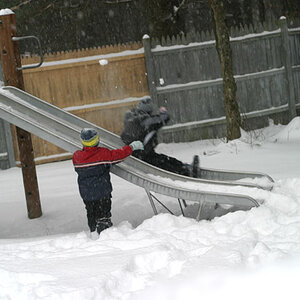
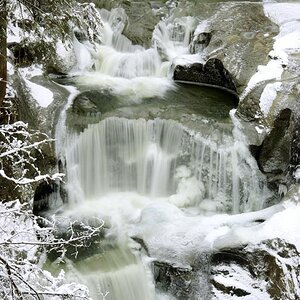
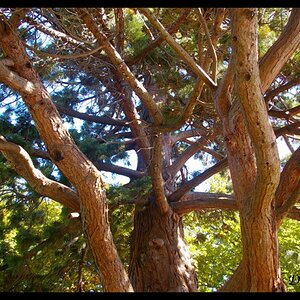
![[No title]](/data/xfmg/thumbnail/40/40286-86401b94de8b01bea8bb4ea154aaea0a.jpg?1619739408)
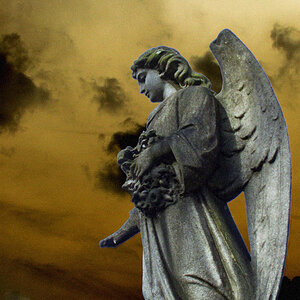
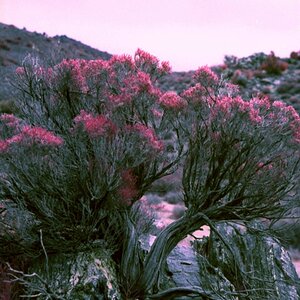
![[No title]](/data/xfmg/thumbnail/40/40288-4d5d7a8aa74ddfceb5fb82062d9b21be.jpg?1619739409)
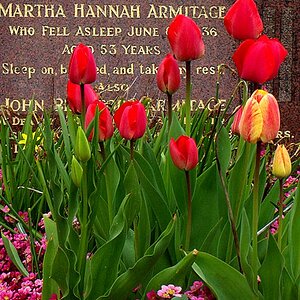
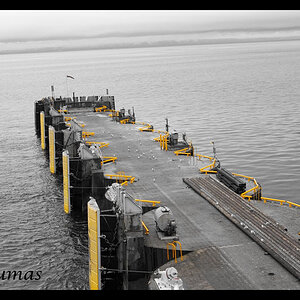
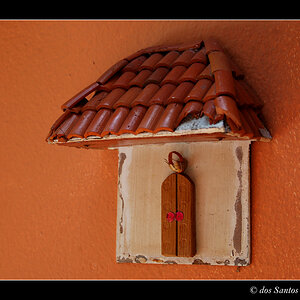
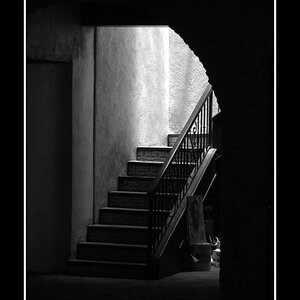
![[No title]](/data/xfmg/thumbnail/36/36679-b3112c1f4841912cbaa9edc11e6852fe.jpg?1619737677)